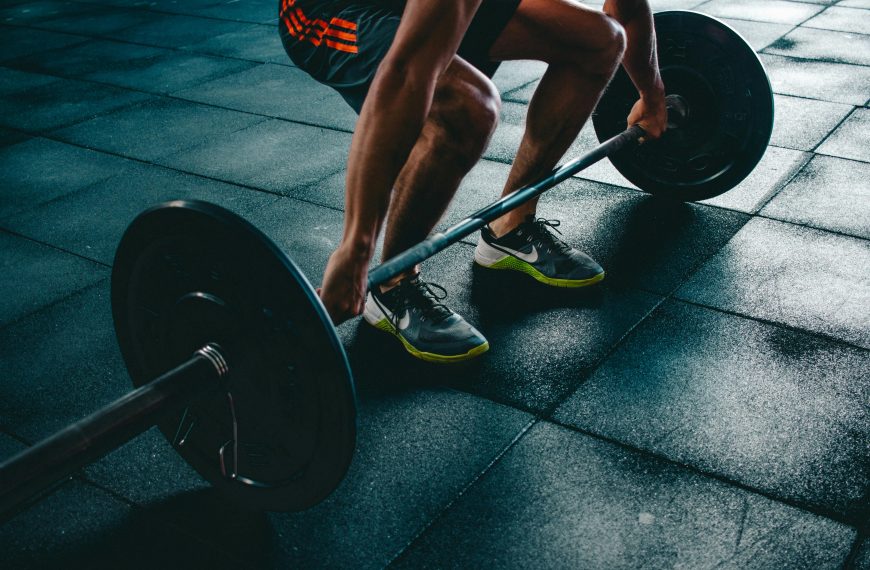When it comes to fitness, most people are familiar with the concept of aerobic exercise – activities like running, swimming, or cycling that get your heart pumping and your lungs working overtime. However, there’s another type of exercise that often flies under the radar but offers a host of unique benefits: anaerobic exercise. Unlike aerobic exercise, which relies on oxygen for energy, anaerobic exercise involves short bursts of intense activity that push your muscles to their limits. In this blog, we’ll explore the surprising benefits of anaerobic exercise and why you should incorporate it into your fitness routine.
Builds Muscle Strength and Power:
One of the most significant benefits of anaerobic exercise is its ability to build muscle strength and power. Anaerobic activities such as weightlifting, sprinting, or plyometrics place a high demand on your muscles, forcing them to generate maximum force in a short amount of time. Over time, this leads to increased muscle mass, improved muscle tone, and enhanced overall strength.
Unlike aerobic exercise, which primarily targets slow-twitch muscle fibers, anaerobic exercise engages fast-twitch muscle fibers, which are responsible for explosive movements and high-intensity activities. By challenging these muscle fibers through anaerobic training, you can increase their size and efficiency, resulting in greater strength and power.
Boosts Metabolism and Burns Fat:
If you’re looking to shed excess body fat and improve your body composition, anaerobic exercise is your secret weapon. While aerobic exercise is often touted as the most effective form of exercise for fat loss, research suggests that anaerobic exercise can be equally if not more effective at burning calories and torching fat.
During anaerobic activities like high-intensity interval training (HIIT) or circuit training, your body’s demand for energy increases significantly. This leads to a process called excess post-exercise oxygen consumption (EPOC), where your body continues to burn calories at an elevated rate long after your workout is over. This phenomenon, also known as the afterburn effect, can help boost your metabolism and maximize fat burning throughout the day.
Additionally, anaerobic exercise promotes the development of lean muscle mass, which further enhances your body’s ability to burn fat. Muscle tissue is metabolically active, meaning it requires more energy to maintain than fat tissue. By increasing your muscle mass through anaerobic training, you can turn your body into a more efficient fat-burning machine.
Improves Athletic Performance:
Whether you’re an elite athlete or a weekend warrior, incorporating anaerobic exercise into your training regimen can help take your performance to the next level. Anaerobic activities like sprinting, jumping, or agility drills mimic the movements and demands of many sports and activities, making them highly effective for improving athletic performance.
By engaging in anaerobic training, you can enhance your speed, agility, power, and explosiveness – all essential qualities for success in sports and athletic endeavors. Additionally, anaerobic exercise can help improve your anaerobic threshold, allowing you to sustain high-intensity efforts for longer periods without fatiguing.
Enhances Bone Health:
While aerobic exercise is often praised for its cardiovascular benefits, anaerobic exercise plays a crucial role in maintaining and improving bone health. Weight-bearing anaerobic activities like weightlifting, jumping, or resistance training stimulate bone remodeling and growth, leading to stronger, denser bones over time.
As you engage in anaerobic exercise, your muscles exert force on your bones, creating tension and stress that stimulates bone formation. This process helps increase bone density and reduce the risk of osteoporosis and bone fractures later in life. Additionally, anaerobic exercise can improve balance, coordination, and proprioception – all of which contribute to better overall bone health and reduced risk of falls and injuries.








